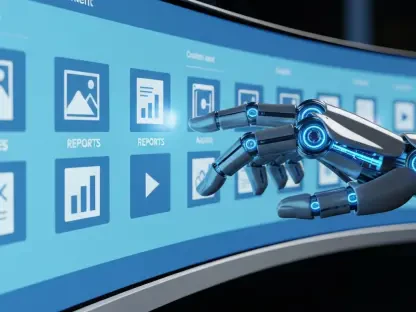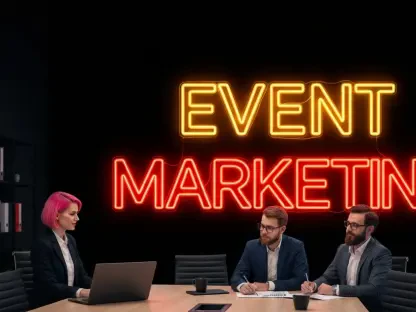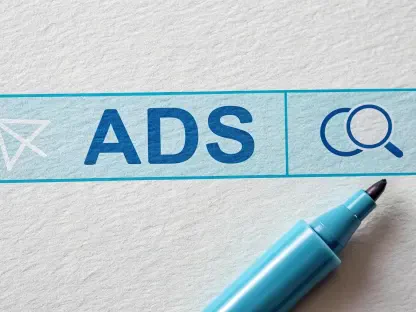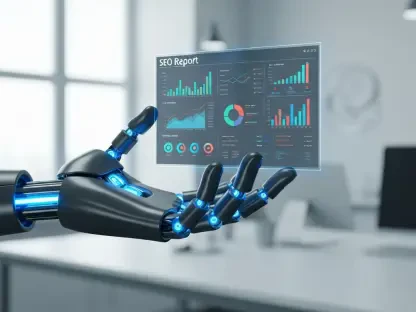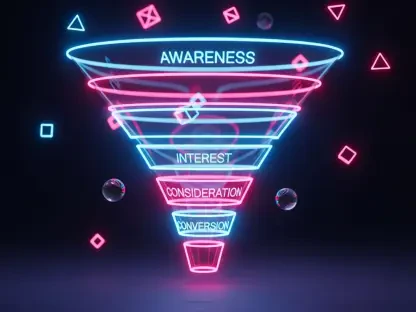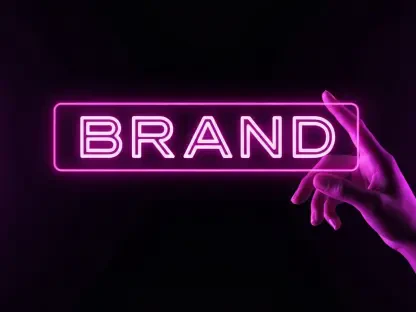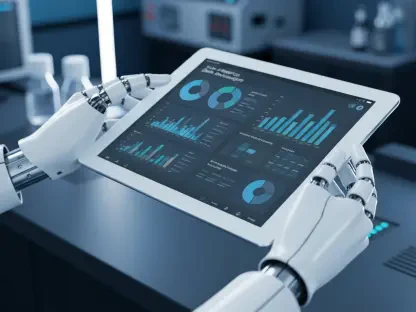I’m thrilled to sit down with Milena Traikovich, a powerhouse in the world of demand generation and influencer marketing. With her extensive background in analytics, performance optimization, and lead generation, Milena has helped countless businesses craft campaigns that not only attract high-quality leads but also maximize ROI. Today, we’re diving into the evolving landscape of creator economics, the challenges brands and agencies face in managing influencer relationships, and how innovative solutions are reshaping the industry. From tackling creator acquisition costs to leveraging AI for smarter campaign strategies, Milena shares her insights on what’s next for this dynamic space.
How did you first become aware of the challenges brands and agencies face with creator acquisition costs, and what motivated you to dive into solving this issue?
I’ve been working with brands for years, and I kept seeing the same pain points over and over. Companies were spending an incredible amount of time and money just to find the right influencers—think endless hours of outreach, juggling multiple platforms, and negotiating rates without a clear benchmark. It hit me that this upfront cost, before even launching a campaign, was a silent budget killer. I started calling it ‘creator acquisition cost’ because it needed a name to highlight how much it impacts marketing strategies. My motivation came from wanting to streamline this process so brands could focus on creativity and results, not logistics.
Can you paint a picture of what the influencer discovery and management process looks like for brands without a streamlined solution, and what inefficiencies stand out most to you?
Absolutely. Without a centralized tool, it’s a fragmented mess. Brands and agencies often rely on multiple platforms to search for creators, manually sifting through profiles to check audience demographics and engagement rates. Then there’s the outreach—think teams of people sending DMs and emails, trying to pin down rates and availability. It’s not uncommon for this to take weeks, and the costs pile up with subscription fees for various tools and the sheer labor involved. What stands out to me is how much this manual grind distracts from strategy. Plus, many end up reusing the same creators to save time, which can make campaigns feel repetitive and less authentic to audiences.
Why do you think the concept of creator acquisition cost is so critical for the industry to understand, and how does it affect a brand’s marketing budget?
Creator acquisition cost is a game-changer because it forces us to look at the hidden expenses of influencer marketing. It’s not just about what you pay the creator—it’s the time, tools, and team effort to even get to that point. When brands don’t account for this, it can eat up a significant chunk of their marketing budget without them realizing it. I’ve seen cases where nearly 30% of a campaign’s allocated funds went to just finding and onboarding creators. Recognizing this cost pushes companies to seek efficiencies, whether through technology or better processes, so they can allocate more to content creation and audience engagement, where the real impact happens.
How can AI-driven solutions help determine a fair market value for creators, and what makes this approach more reliable than traditional methods?
AI changes the game by taking the guesswork out of valuing creators. It analyzes hard data—things like engagement rates, audience quality, and past campaign performance—across a massive pool of information to set a benchmark for what a creator is worth. Unlike traditional methods where brands might rely on outdated rate cards or just a gut feeling, AI offers a data-driven snapshot that reflects current market trends. This means brands aren’t overpaying or undervaluing talent, and creators get compensated fairly. It’s about creating transparency and trust on both sides, which is huge for building sustainable relationships.
One fascinating AI capability is intelligent cohorting. Can you explain how this helps brands optimize their campaign budgets and achieve better results?
Intelligent cohorting is all about strategic allocation. Essentially, AI looks at a brand’s budget and campaign goals, then suggests the best mix of creators to maximize impact. For instance, with a $100,000 budget, it might recommend one high-profile creator for broad reach or a group of micro-influencers for niche engagement, depending on the target audience and objectives. It crunches numbers on predicted performance and demographics to make that call. This helps brands stretch their dollars further and avoid the trap of putting all their eggs in one basket. I’ve seen clients double their ROI just by diversifying their creator pool through this kind of smart planning.
Why is AI-powered content approval so vital for large-scale influencer campaigns, and what risks does it help mitigate?
When you’re running a campaign with dozens or even hundreds of creators, ensuring brand safety is non-negotiable. AI-powered content approval scans posts for potential red flags—think inappropriate language, off-brand messaging, or anything that could spark controversy—before anything goes live. Without this, you risk a single post derailing an entire campaign, damaging your reputation, or even facing legal issues. Manually checking content at scale is a nightmare and prone to human error, but AI can flag issues in minutes. It’s a safeguard that lets brands scale their efforts confidently, knowing they’re protected from costly missteps.
Payment delays are a big issue for creators. How do you see technology improving the payment process, and why is this important for the creator economy?
Payment delays are a real pain point—some creators wait months to get paid, which is unacceptable when they’re running their own businesses. Technology can streamline this by automating payment workflows, ensuring funds are released quickly once deliverables are met. Imagine a system where creators hit a button and get paid within days, or even instantly for smaller milestones. This isn’t just about convenience; it’s about respect and sustainability. When creators are paid promptly, they’re more likely to engage with brands long-term, and it builds a healthier ecosystem where everyone—brands, agencies, and creators—can thrive.
What’s your forecast for the future of creator economics, and how do you see technology shaping this space over the next few years?
I’m incredibly optimistic about creator economics. Over the next few years, I believe we’ll see technology, especially AI and data analytics, become the backbone of this industry. We’re moving toward a future where transparency rules—fair pricing, instant payments, and precise performance metrics will be the norm. Platforms will likely evolve into comprehensive hubs where discovery, management, and measurement happen seamlessly, almost like a stock exchange for influencer marketing. My forecast is that brands who embrace these tools early will gain a massive edge, while creators will benefit from a more equitable system that values their work appropriately. It’s an exciting time to be in this space.


